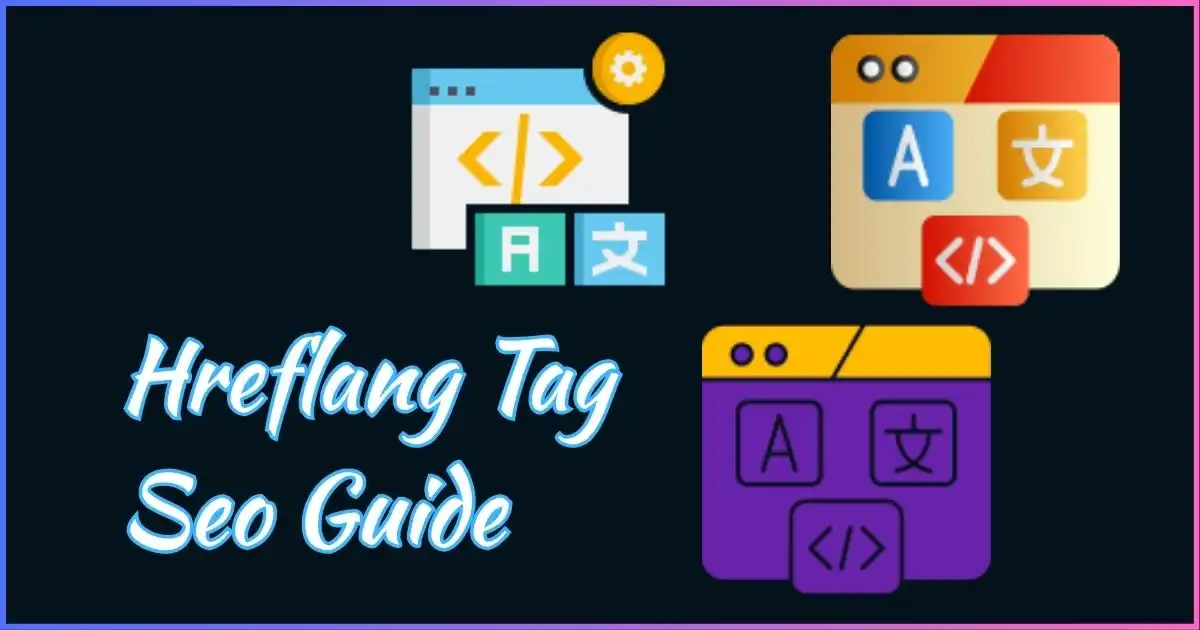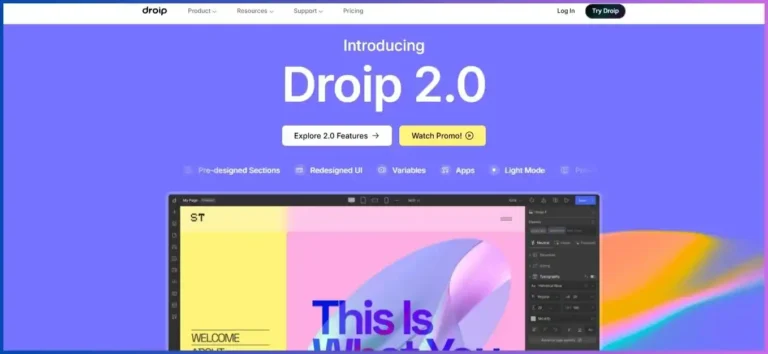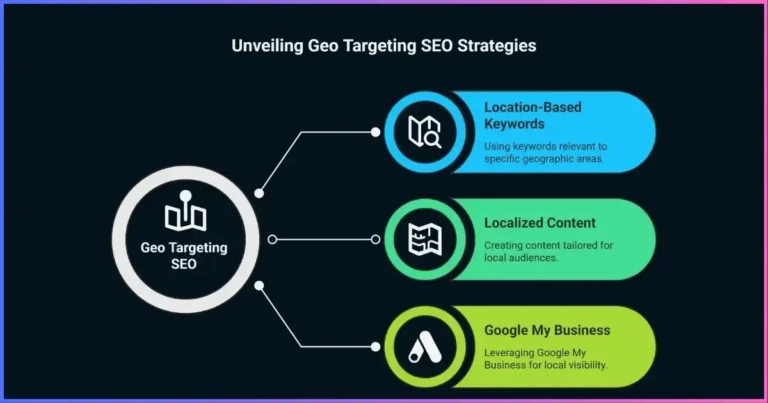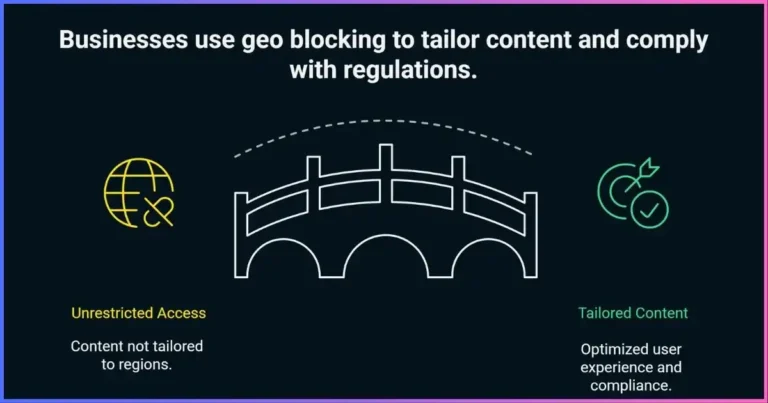The Complete Hreflang Tag SEO Guide
Master Multi-Regional & Multilingual Website Optimization
If you’re running a multi-regional or multilingual website, implementing proper Hreflang tag SEO is crucial for international search engine optimization success. This comprehensive guide will walk you through everything you need to know about Hreflang tag SEO for multi-regional websites, from basic implementation to advanced optimization strategies. You’ll discover how to correctly implement hreflang attributes, avoid common pitfalls that can harm your international rankings, and leverage best practices that have helped thousands of websites improve their global search visibility.
Whether you’re targeting different countries with the same language, serving multiple languages to the same region, or managing a complex international presence across dozens of markets, this guide provides actionable insights backed by real-world data and industry statistics. We’ll cover technical implementation, content strategy considerations, and monitoring techniques that ensure your hreflang tags deliver maximum SEO value.
Table of Contents

What is Hreflang and Why It Matters
Hreflang is an HTML attribute that tells search engines which language and geographical region a webpage is intended for. When implemented correctly, it prevents duplicate content issues across international versions of your site and ensures users see the most relevant version of your content in search results.
Key Benefits of Proper Hreflang Implementation
- Reduces duplicate content penalties
- Improves user experience by showing relevant language versions
- Consolidates link equity across international pages
- Increases click-through rates from international users
- Enhances overall international SEO performance
Impact on International Rankings
Hreflang Adoption by Industry
Critical Statistics
Implementation Methods
There are three primary methods for implementing hreflang tags, each with distinct advantages and use cases. Understanding when and how to use each method is crucial for successful international SEO.
HTML Link Tags
Most common method, placed in the <head> section of HTML pages.
<link rel="alternate" hreflang="en-us" href="https://example.com/en-us/">
<link rel="alternate" hreflang="es-mx" href="https://example.com/es-mx/">
HTTP Headers
Server-level implementation using HTTP response headers.
Link: <https://example.com/en/>; rel="alternate"; hreflang="en",
<https://example.com/de/>; rel="alternate"; hreflang="de"
XML Sitemaps
Include hreflang annotations directly in your XML sitemaps.
<xhtml:link rel="alternate" hreflang="en" href="https://example.com/en/">
<xhtml:link rel="alternate" hreflang="es" href="https://example.com/es/">
Implementation Method Usage Statistics
Pro Tip: Choosing the Right Method
For most websites, HTML link tags offer the best balance of control and simplicity. Use HTTP headers for non-HTML content and XML sitemaps for large-scale international sites with complex structures. Many successful international websites use a combination of methods depending on their specific needs.
Language and Country Codes
Proper language and country code formatting is essential for hreflang success. Understanding the difference between language-only and language-country combinations helps search engines serve the right content to the right users.
Language-Only Codes (ISO 639-1)
Use when targeting all speakers of a language regardless of location.
Language-Country Codes (ISO 639-1 + ISO 3166-1)
Use when targeting specific language-country combinations.
Most Common Language-Country Combinations
| Hreflang Code | Language | Country/Region | Usage % |
|---|---|---|---|
| en-us | English | United States | 24.3% |
| en-gb | English | United Kingdom | 12.7% |
| es-es | Spanish | Spain | 8.9% |
| de-de | German | Germany | 7.2% |
| fr-fr | French | France | 6.8% |
| es-mx | Spanish | Mexico | 5.4% |
Special Hreflang Values
- x-default: Use for your fallback page when no specific language/country match is found
- Language scripts: Include script variations like zh-hans (Simplified Chinese) or zh-hant (Traditional Chinese)
- Regional targeting: Some sites use broader regions like es-419 for Spanish in Latin America
Best Practices and Common Patterns
Essential Best Practices
- Include self-referencing hreflang tags on every page
- Ensure bidirectional linking between all language versions
- Use absolute URLs, never relative ones
- Implement x-default for international fallback
- Keep URLs accessible (no login required)
Advanced Implementation Tips
- Use Geo Targetly for dynamic content delivery
- Combine with proper canonical tags for SEO strength
- Consider user location and browser language preferences
- Implement consistent URL structure across all versions
Complete Implementation Example
Hreflang Implementation Success Factors
Ready to Optimize Your International SEO?
Implement professional geo-targeting and language detection for your multilingual website.
Get Geo Targetly NowCommon Mistakes to Avoid
Even experienced SEO professionals make critical hreflang mistakes that can severely impact international rankings. Here are the most common errors and how to fix them.
Critical Errors (67% of sites)
Missing Self-Referencing Tags
Every page must include its own hreflang tag pointing to itself.
Broken Bidirectional Links
All language versions must reference each other mutually.
Incorrect Language Codes
Using invalid ISO codes or wrong country combinations.
Relative URLs
Always use complete, absolute URLs in hreflang attributes.
Common Pitfalls (43% of sites)
Missing X-Default
No fallback page specified for unmatched users.
Redirect Chains
Hreflang URLs that redirect to other pages create confusion.
Login-Required Pages
Search engines can’t access pages behind authentication.
Mixed Implementation Methods
Inconsistent use of HTML tags vs sitemaps vs headers.
Most Common Hreflang Errors by Frequency
Quick Fix Checklist
Before Implementation
- ✓ Map all language/country combinations
- ✓ Verify ISO code accuracy
- ✓ Plan URL structure consistency
- ✓ Choose implementation method
After Implementation
- ✓ Test all hreflang links work
- ✓ Verify bidirectional relationships
- ✓ Check Google Search Console for errors
- ✓ Monitor international rankings
Hreflang Tag SEO Testing and Monitoring
Proper testing and ongoing monitoring are crucial for hreflang success. Even small implementation errors can significantly impact your international SEO performance.
Google Search Console
Monitor hreflang errors and implementation status directly from Google.
- • International Targeting reports
- • Hreflang error detection
- • Coverage analysis
- • Performance by country
SEO Tools
Use specialized tools for comprehensive hreflang auditing.
- • Screaming Frog SEO Spider
- • Ahrefs Site Audit
- • SEMrush International SEO
- • Sitebulb hreflang analysis
Manual Testing
Perform regular manual checks to ensure correct implementation.
- • View page source validation
- • Cross-browser testing
- • Mobile device verification
- • Different location testing
Monitoring Frequency Recommendations
Testing Tools Usage Statistics
Key Metrics to Monitor
Implementation Timeline & Results
Hreflang Tag SEO Advanced Optimization Strategies
Take your international SEO to the next level with advanced hreflang strategies that top-performing multilingual websites use to dominate global search results.
Dynamic Content Localization
Beyond language translation, implement comprehensive localization strategies that consider cultural preferences, local regulations, and market-specific needs.
- Currency and pricing localization
- Cultural imagery and messaging adaptation
- Local contact information and addresses
- Region-specific products and services
Pro Implementation Tip
Use Geo Targetly to automatically serve localized content based on user location while maintaining proper hreflang structure.
// for optimal user experience
Enterprise-Scale Implementation
Automated Generation
Build systems that automatically generate hreflang tags based on your site structure and language combinations.
CDN Integration
Implement hreflang at the CDN level for faster delivery and improved user experience across global locations.
Database-Driven
Store language mappings in databases for dynamic, scalable hreflang generation across thousands of pages.
AI-Powered Optimization
Leverage artificial intelligence to optimize your international SEO strategy with data-driven insights and automated improvements.
- Machine learning for user language prediction
- Automated content gap analysis
- Performance prediction modeling
- Smart redirect optimization
ROI Impact
Advanced Strategy Impact on International Performance
Ready to Dominate Global Search?
Implement professional geo-targeting and advanced localization strategies that enterprise companies use to succeed internationally.
Start Your International SEO JourneyFrequently Asked Questions
Without hreflang tags, search engines may treat your different language versions as duplicate content, leading to ranking penalties. Users might see incorrect language versions in search results, causing higher bounce rates and lower conversions. You’ll also miss opportunities to consolidate link equity across international pages, weakening your overall SEO performance.
Use language-country combinations (like en-us, en-gb) when you have specific content for different regions speaking the same language. Use language-only codes (like en, es) when your content targets all speakers of that language regardless of location. Most successful international sites use specific language-country combinations for better targeting and user experience.
Initial improvements typically appear within 2-4 weeks as search engines discover and process your hreflang tags. Significant ranking improvements usually become visible after 6-8 weeks, with full benefits realized within 3 months. The timeline depends on your site’s crawl frequency, the number of international pages, and the competitiveness of your target markets.
Yes, hreflang tags work perfectly across different domains (ccTLDs), subdomains, or subdirectories. Many enterprise companies use separate domains like example.de, example.fr, example.co.uk and connect them with hreflang tags. This approach can provide stronger local SEO signals but requires more complex management and higher costs.
The x-default hreflang value specifies the fallback page for users whose language/location doesn’t match any of your specific hreflang tags. While not mandatory, it’s highly recommended as it improves user experience and helps search engines understand your preferred default version. Most successful international sites point x-default to their primary market (often en-us).
Only include hreflang tags for pages that actually exist and are translated. If a page doesn’t exist in a particular language, simply omit that hreflang tag rather than linking to a 404 page or automatic translation. You can link to the most relevant alternative page (like your homepage or category page) for that language, but make sure it provides value to users.
HTML link tags in the head section are the most reliable and widely used method, offering the best control and visibility. Use XML sitemaps for large-scale sites with thousands of pages where HTML tags become unmanageable. HTTP headers are best for non-HTML content like PDFs. Avoid mixing methods for the same pages, as this can create confusion and conflicts.
Take Your International SEO to the Next Level
Implementing proper hreflang tag SEO for multi-regional websites is just the beginning. Combine it with professional geo-targeting solutions to maximize your global search performance.
Get Professional Geo-Targeting SolutionMaster international SEO with proper hreflang implementation and advanced localization strategies. Your global audience deserves the best user experience, and search engines reward sites that deliver it.
Disclosure: We may earn commission for purchases that are made by visitors on this site at no additional cost on your end. All information is for educational purposes and is not intended for financial advice. Read our affiliate disclosure.






